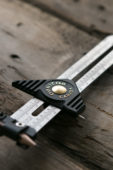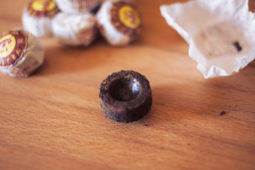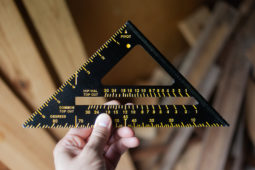Taper vs Fade Haircut: Difference Between Taper and Fade
Taper and fade haircuts are barbershop staples, and you’ve probably gotten some variation of each at some point in your life. But are you aware of what exactly constitutes the difference between these two popular hairstyles? Often the two looks are confused, and the terms taper and fade are used interchangeably. While at a glance they might look very similar, there are key differences between a fade and taper.
Ready to take on life with unshakable confidence? Whether you’re aiming to excel in your career, improve your relationships, or conquer DIY projects, NLP Hero’s Confidence Course is your key to success. Click here to start transforming your confidence and be better at everything you do!
Jump To:
- What is a Taper Haircut?
- Types of Tapers
- What is a Fade Haircut
- Types of Fades
- Key Differences Between a Fade and Taper
- What is a Taper Fade
- Should YOU Get a Taper or Fade?
If you want to get precisely the proper cut at your next appointment, then it’s essential to know exactly what that difference is. That way, you’ll leave the barbers with the exact look you had in mind. Keep reading to find out how to distinguish between a taper and a fade.
What Is a Taper Haircut?
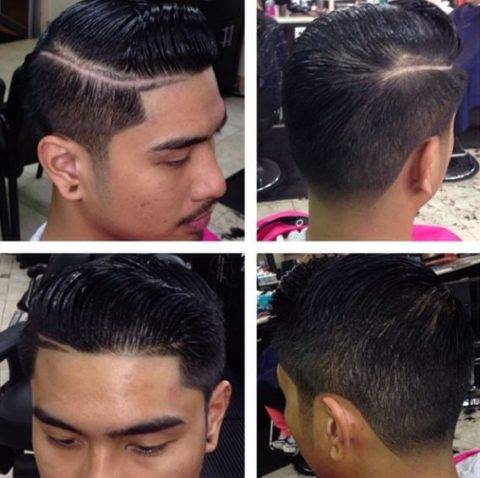
In short, a taper describes when your hair gradually gets shorter as it moves down your head. The top of your head will have the longest hair, while the hairline will have the shortest. What is characteristic about the taper is evenness — the length of the hair reduces at a gradient. This gives the finished look a sense of harmony and neatness. The taper haircut is a classic, but there is a myriad of variations. Lots of hairstyles are modifications of the traditional taper.
Is a Taper Right For You?
The taper haircut is neat and even looking, so it’s a popular choice for men in the business world. If you opt for a longer style, it doesn’t leave any skin exposed. A visible scalp is often seen as inappropriate in a professional setting, so this is somewhat of a plus for wearing a taper cut. Keeping it longer on top and around the sides also allows for a bit of styling if you wish and can give the longer parts some extra body. If you like mixing it up, a long taper leaves plenty of room for experimentation.
Ultimately, a taper haircut is very versatile and can be worn in casual settings, as well as in most corporate environments, as long as your workplace policy isn’t too strict.
Types of Tapers
There are several different versions of taper cuts. Below is an outline of the most popular options.
High Taper
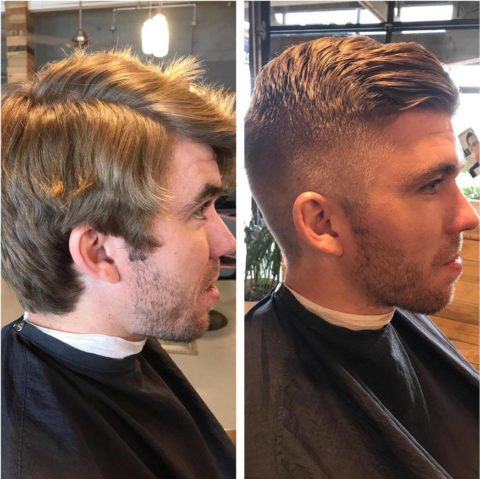
A high taper is when the hair on the sides of the head is gradually trimmed, starting at just above the ear. This cut provides a lot of contrast, so it is excellent for making a more statement look. Combining a high taper with a pompadour or a quiff, for example, creates a particularly striking look.
Mid Taper
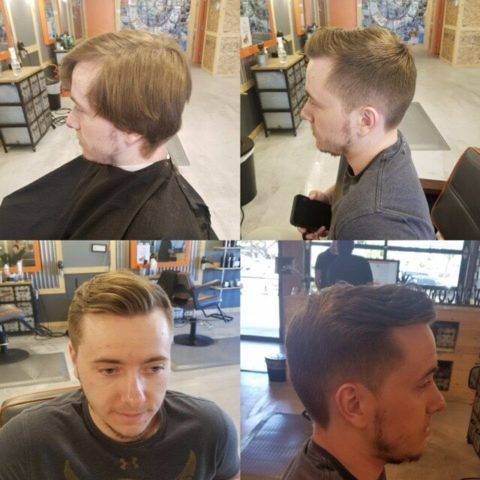
The mid taper is a more conservative look as the hair’s tapering begins around halfway down the hair on the sides and back. As it tends to be more subtle than a high taper, it’s a good option for business people.
Low Taper
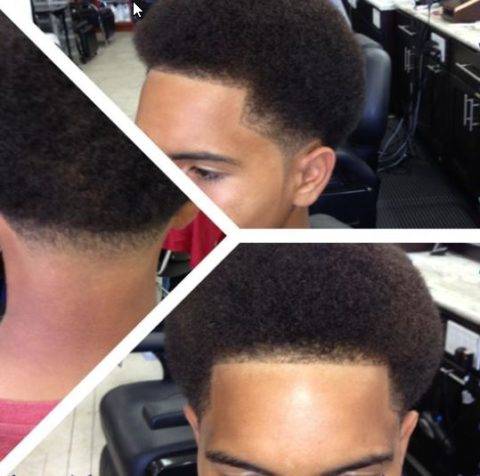
A low taper haircut is when the hair starts getting gradually shorter just above the ears. If you prefer to have more body to your hair, then this is a good taper cut to opt for. It’s also unlikely to expose your scalp, which is a plus for those working in the professional sphere.
Skin Taper
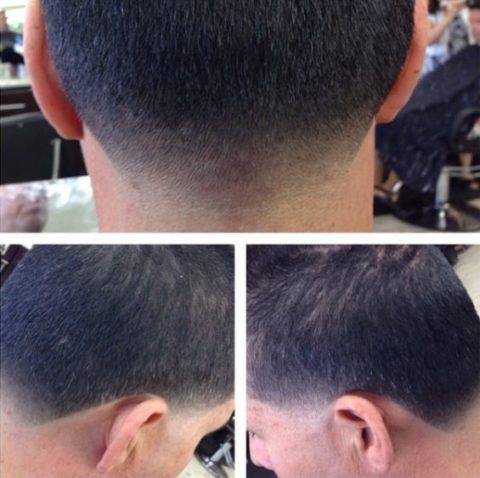
A skin taper is when the hair is shaved so close to the skin that the scalp is visible. This can start from two inches lower than the top of the head or just above the ear.
What Is a Fade Haircut?
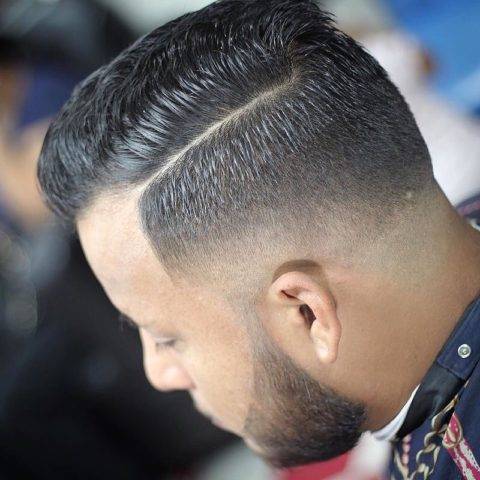
A fade haircut is like a taper in that it also involves the hair gradually shortening from top to bottom. What is immediately noticeable about a fade haircut compared to a taper is that the gradient is usually much shorter. More attention and care are required with fade haircuts as they’re supposed to give the effect of the hair fading into the scalp. In other words, a fade needs to blend in well with the skin, and this requires an experienced eye.
Generally speaking, fade haircuts tend to be more precise, whereas tapers can look a bit more laid-back. Because fade haircuts require such attention to detail, a fade is generally more difficult to achieve, particularly if you’re cutting your hair at home. With a taper, the hair gets shorter gradually, whereas a fade tends to be more sudden, with the hair quickly going from very short to long.
Is a Fade Right For You?
The classic fade began in the U.S military in the 1940s and ’50s. Back then, the military required rigorous grooming standards, and the fade fit the bill. Even today, the fade is trendy among military men as the precision, and sharp angles of the cut send out a serious message.
Later, the fade style became popular in African American communities, and by the 1980s, you would often find edgier, more experimental versions of the fade in the hip-hop scene. Overall, the military and hip-hop culture shaped the fade into what it is today, but the fade is still trendy among men everywhere, from Brad Pitt to Zayn Malik.
Types of Fades
Like taper haircuts, there are several popular fade styles. Let’s take a look at each one individually.
High Fade
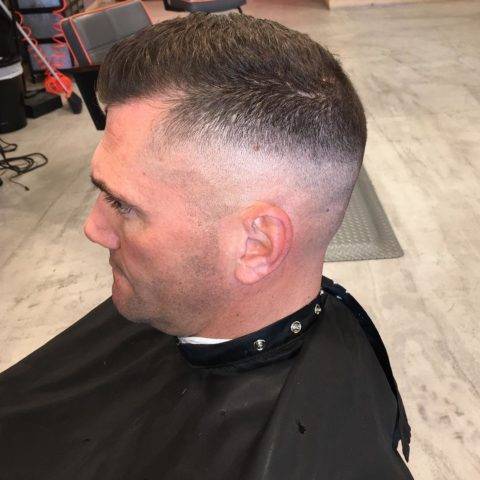
A high fade cut starts high up on the head, around two inches down from the top. The high fade tends to be more of a statement look, with the most extreme versions of high fades having the hair on the sides very short and hair on top styled into a quiff or pompadour on the top of the head.
Medium Fade
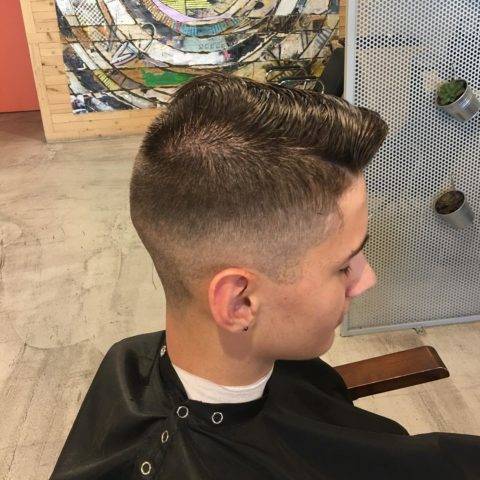
A medium fade is more subtle than a high fade, as the hair gradually changes starting around halfway down the head. This works well for a range of haircuts and styles, and it’s an excellent haircut to start with if you’re considering a fade, but you don’t go with anything too outlandish.
Low Fade
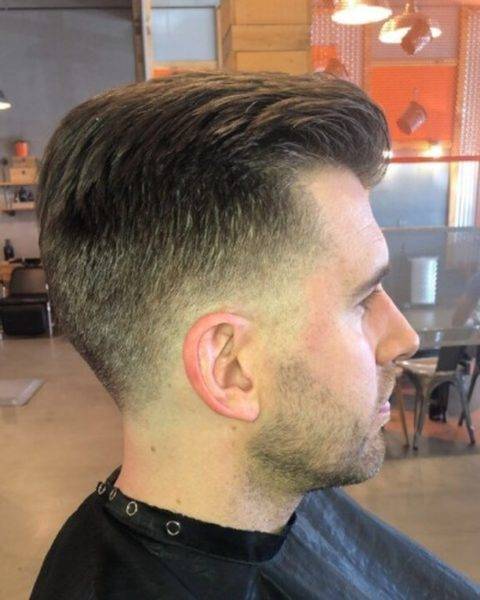
A low fade is the fade haircut that most closely resembles a taper. With a low fade, the fading begins just above the ear. The way it’s different from a taper, however, is in the abruptness of the fade. A taper is always gradual and leveled, whereas a fade is more sudden.
Skin Fade
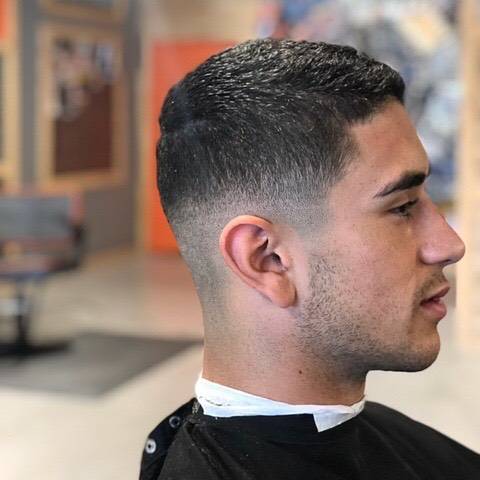
As the name suggests, a skin fade or bald fade is where the hair is cut so short that the scalp is visible. This gives the effect of the hair stopping before the natural hairline. You can wear a skin or bald fade with high, medium, or low fades.
Drop Fade
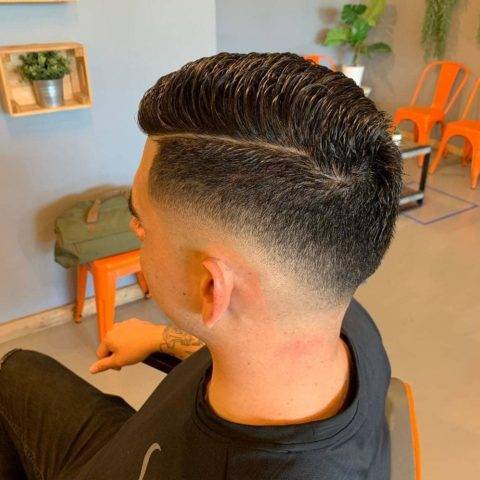
Unlike taper haircuts, fades tend to be more abrupt. A drop fade refers to just that; when the hair suddenly becomes much shorter. Drop fades are not for the faint-hearted and tend to be worn by fashion-forward men.
Key Differences Between a Fade and Taper
Now that we’ve reviewed all fade and taper styles, let’s quickly check the key differences between the two.
- Fades are usually much shorter than tapers.
- Fades have a stronger contrast between lengths, going from long to short hair very suddenly. Tapers, meanwhile, always have an even gradient.
- Tapers are more casual. Fades are more precise and bold.
What Is a Taper Fade?
The “Taper Fade” emerged as a term because many people (barbers and clients alike) weren’t aware of the difference between the two and used them both interchangeably. This meant that men often used both words to mean the same thing, causing the mash-up term ‘taper fade’ to emerge.
Usually, if you ask for a taper fade, you’ll come out with a taper, as that’s how it’s generally interpreted. However, now that you know the difference between a taper and a fade, you can be more precise in what you ask for.
Should YOU Get a Taper or Fade?
Now for the big question; should you try a taper cut or a fade cut? In short, with the nature of a taper, you get a gradual shortening of the hair, with the overall look being longer hair. With a fade, the gradient of your hair will be more abrupt and a lot shorter. Generally speaking, if you prefer a modest, more understated look, then you’ll probably select a taper.
If you’d like to go with something bolder and make a statement, then a fade might be the better option for you. That said, both styles are incredibly versatile, and you can achieve a wide range of looks suitable for business meetings and impeccable street fashion alike.
If you’re unsure, you can always ask your barber what he or she recommends. An experienced barber will know the difference between a taper and a fade and advise you on which would suit your face shape better. Whether you ask your barber for a taper or a fade, they can advise you on what type of taper or fade you should go for, low taper, medium fade, etc.
Knowing the difference between your hairstyle terminology will help you communicate exactly which hairstyle you want and prevent you from going in with an idea of what you want and coming out with something entirely different. Even the best stylists aren’t psychic, so if you know what haircut style you want, it’s best to equip yourself with the correct vocabulary to describe it.

